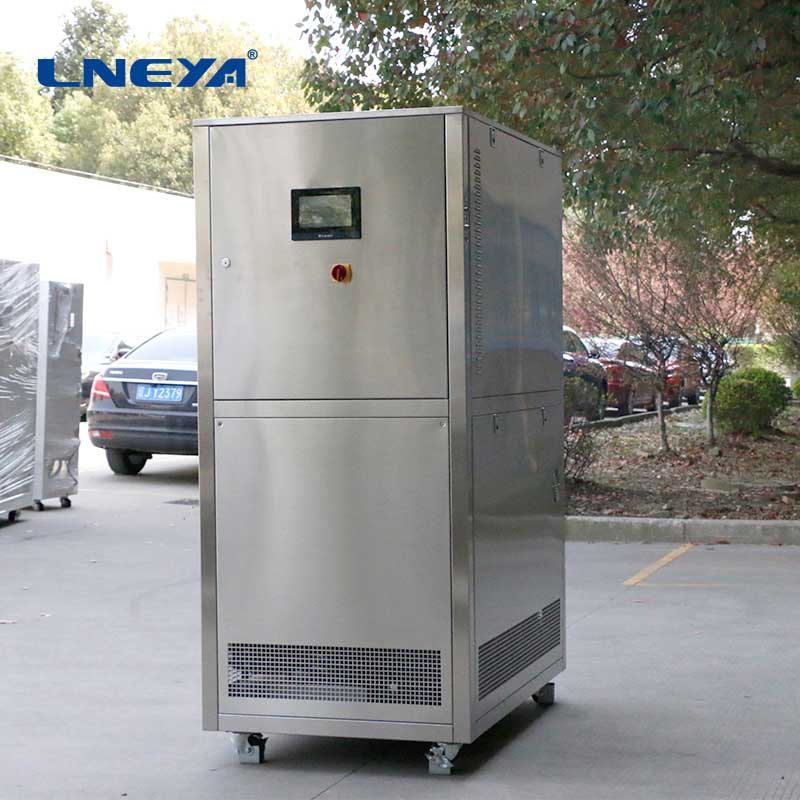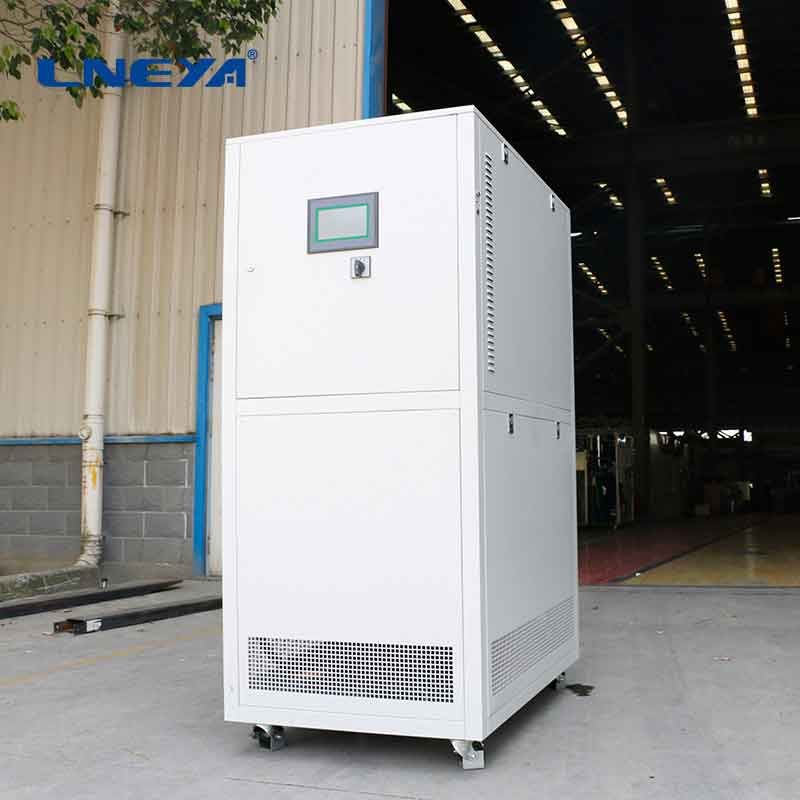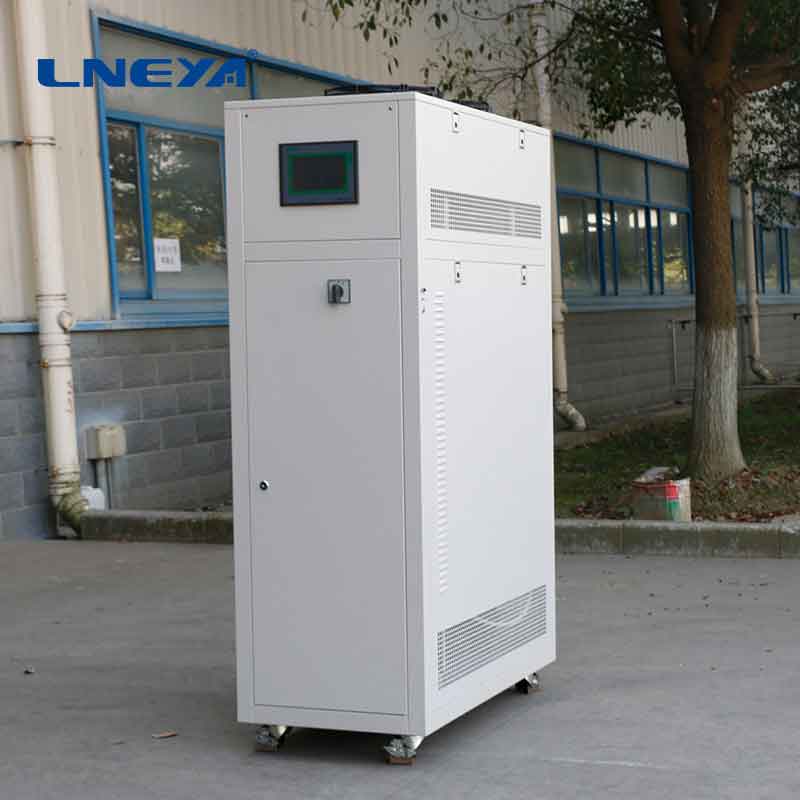water cooled process chiller
Water-Cooled Chilling Plant: Efficient Temperature Control for Industrial Applications
Water-cooled chilling plants are essential in various industries for their ability to provide precise and consistent temperature control. These plants use water as a medium to transfer heat away from the process or equipment that needs cooling.

Key Components of Water-Cooled Chilling Plants
Chiller: The core component that cools the water before it is circulated.
Heat Exchanger: Facilitates the transfer of heat from the process to the water.
Pumps: Circulate the water through the system, ensuring even distribution.
Advantages of Water-Cooled Chilling Plants
Energy Efficiency: Water-cooled systems can be more energy-efficient than air-cooled systems, especially in warmer climates.
High Heat Load Capacity: Ideal for applications that generate significant heat.
Consistent Temperature Control: Provides stable cooling across the entire system.
Applications of Water-Cooled Chilling Plants
These chilling plants are used in a wide range of applications, such as:

Industrial Processes: Manufacturing, food processing, and chemical industries.
Commercial Buildings: Office buildings, shopping malls, and hotels.
Data Centers: Cooling servers and IT equipment.
Selecting the Right Water-Cooled Chilling Plant
When selecting a water-cooled chilling plant, consider:
Cooling Capacity: Ensure the plant can meet the cooling demands of the application.
System Type: Choose between direct or indirect cooling systems based on the application.
Maintenance Requirements: Opt for systems with low maintenance needs for long-term cost savings.
Maintenance and Operation
Proper maintenance is crucial for the efficient operation of water-cooled chilling plants. This includes regular inspections, cleaning of heat exchangers, and monitoring of pump performance.

Environmental Considerations
Water-cooled chilling plants can contribute to environmental sustainability by reducing energy consumption and using environmentally friendly refrigerants.
Conclusion
Water-cooled chilling plants offer a reliable and efficient solution for temperature control in various applications. By understanding their components, advantages, and the factors involved in their selection and maintenance, users can ensure optimal performance and reliability in their cooling processes. The advancements in chilling technology have made these systems more accessible and efficient for a wide range of operations.
This article provides a comprehensive guide to water-cooled chilling plants, discussing their key components, advantages, applications, and the considerations for their selection and maintenance. It emphasizes the importance of choosing the right plant for specific cooling needs and highlights the advancements in chilling technology that have made these systems more accessible and efficient.
Related recommendations
refrigeration chillers
323Refrigeration Chillers: A Comprehensive Guide Introduction Refrigeration chillers are integral mechanical systems designed to extract heat from a substance or space and transfer it elsewhe...
View detailswater baths laboratory
629Water Baths Laboratory: Types, Applications, and Working Principles Introduction to Water Baths LaboratoryWater baths are essential laboratory equipment used to maintain samples at a controlled...
View detailswater cooler with temperature control
673A water cooler with temperature control is a versatile and essential appliance that has found its place in numerous settings, from homes to large - scale industrial facilities. It offers the conve...
View detailsHow can industrial chiller machine reduce energy consumption?
936How can industrial chiller machine reduce energy consumption? Firstly, we should consider the design and selection of industrial refrigerators. Reasonable design and selection can maxim...
View details
 LNEYA Chiller
LNEYA Chiller






HelloPlease log in